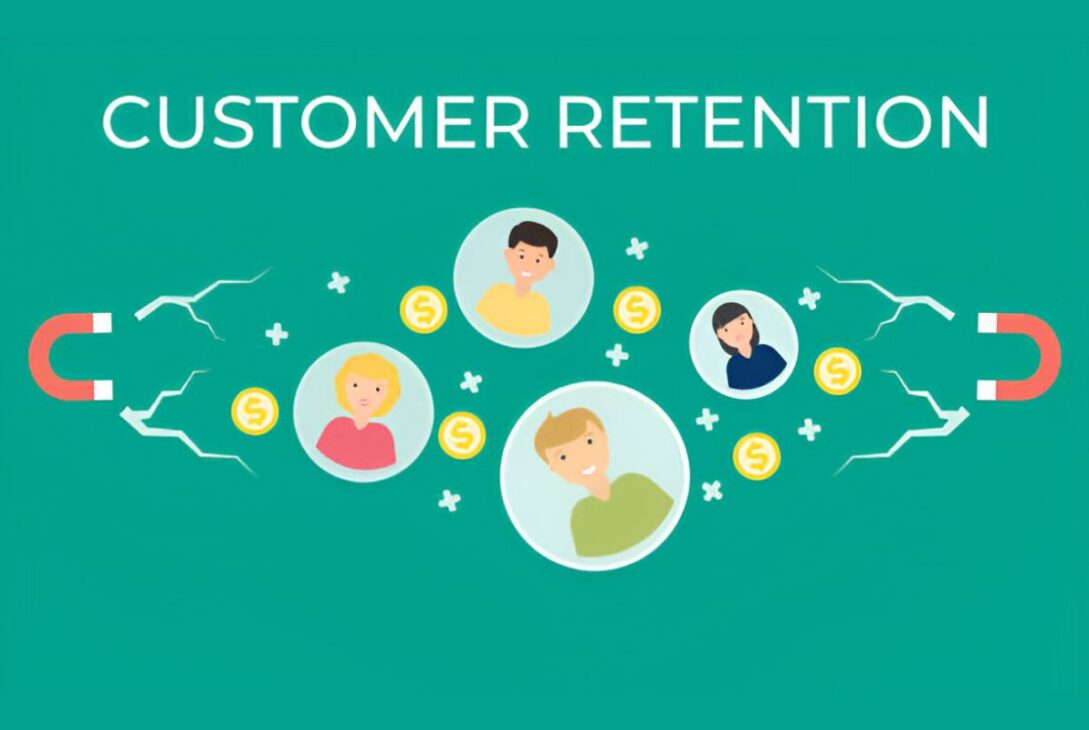When you start a business, it’s easy to get hooked on finding new customers. You pour energy into ads, cold calls, and fancy promos. But here’s the truth nobody tells you right away: keeping your current customers matters just as much. If you’ve ever wondered: What is net revenue retention? It’s a way to measure how well you’re holding onto your customers — and even better, how much more they spend over time. It’s a simple but powerful number.
Without it, chasing new clients feels like running on a treadmill. You’re moving, but not getting anywhere. Let us explore why this matters more than you think.
Why Keeping Customers Is Your Secret Weapon
Picture this: you finally close a big client after months of hustling. You celebrate. But then? You forget about them. Sounds familiar? Most businesses focus on the new shiny leads and forget that existing customers are gold. Getting a new customer is expensive — much more than keeping the ones you have.
And it’s not just about saving money. Loyal customers buy more over time. They tell their friends. They stick around when things get tough. That kind of loyalty builds steady income. It’s like having a safety net. You don’t have to worry about sudden drops in sales all the time. That’s the foundation you need to grow without burning out or going broke.
What Exactly Is Net Revenue Retention?
Now, back to what net revenue retention is. Sounds like business jargon, right? However, retention rate can be calculated quite simply. It refers to the percentage of recurring revenue you retain from existing customers over a given period, accounting for upgrades/downgrades/churn (customers leaving).
Imagine this: with 100 customers paying $100 each per month, that adds up to $10,000 monthly in revenue for you. Next month, five leave, but 10 others spend more. If your total revenue is now $11,000, your net revenue retention is over 100%. That means you didn’t just keep customers — you grew revenue from them. That’s a good sign.
Tracking this number tells you if your business is healthy. If it dips, you need to figure out why — maybe your product isn’t working, or your competitors are better. If it climbs, you’re doing something right. This number is your early warning system and growth tracker all in one.
How To Keep Customers Coming Back
So, how do you boost retention? It’s not rocket science, but it does take effort. First, make sure you’re delivering value every single time. If your customers feel like you care, they’ll stick with you.
Personalize your communication. Send offers or updates that matter to them. Loyalty programs work, too — everyone loves feeling appreciated.
Keep talking. Check in regularly. Ask for feedback. Fix problems fast. If a customer feels heard, they won’t run away. Keep improving your product or service. Markets change, and if you don’t keep up, customers will find someone who does. The better your product, the easier it is to keep customers happy.
All these things help the net revenue retention number rise. When it’s high, you have a solid base to build on. You don’t have to panic every time you lose a customer because others are spending more.
Retention and Your Financial Planning
Here’s the kicker: Good retention is key to smart financial planning. When you know how many customers you keep and how much they spend, forecasting your income gets easier. That means you can budget smarter, hire when you need, and plan for growth without guesswork.
If your retention is shaky, your forecasts are just hopeful guesses. But when it’s strong, your financial plans are more reliable. You’ll avoid nasty surprises and be ready for opportunities.
So, tracking retention metrics isn’t just for your sales team. It should be part of your monthly routine. That’s how you keep your business steady and ready for whatever comes next.
Wrapping It Up
Growth isn’t just about chasing new customers. It’s about keeping the ones you already have and growing revenue from them. Understanding what net revenue retention is gives you a real look at your business’s health. It helps you focus on what matters. And don’t forget — solid financial planning depends on these numbers. When you build your budgets and forecasts around retention, you’re not just surviving, you’re setting yourself up to thrive.



